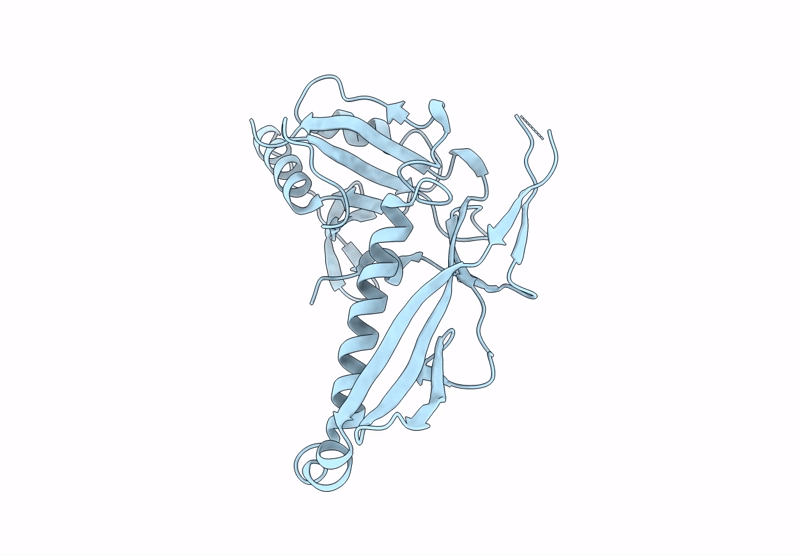
Deposition Date
2024-04-24
Release Date
2025-04-30
Last Version Date
2025-09-10
Entry Detail
PDB ID:
9BIX
Keywords:
Title:
Encapsulin 2 of a two-component Family 2B encapsulin shell from Streptomyces lydicus
Biological Source:
Source Organism:
Streptomyces lydicus (Taxon ID: 47763)
Host Organism:
Method Details:
Experimental Method:
Resolution:
2.59 Å
Aggregation State:
PARTICLE
Reconstruction Method:
SINGLE PARTICLE


